|
Wooleybah Sawmill - Pilliga Forest
The original Aboriginal Gamilaroi people
maintained most of the Pilliga region as grassland through the
practice of ‘fire-stick farming’. European settlers arrived in the
Pilliga in the 1830's & by the 1870's their impact, coupled with the
rabbit plague, droughts & floods, had transformed it into a dense
scrub of ironbark and cypress trees. The settlers used the ironbark
trees for sleepers for the construction of the railway line to
Narrabri in 1882.
The Wooleybah Sawmill closed in the late 1990's &
is the only one of its type still intact in NSW which is now listed
on the State Heritage Register. All of the buildings are still
standing today & vacant, except for the former forester’s house and
a house near the old mill. The Underwood family continue to live at
the site. |
||
|
|
|
|
|
|
|
|
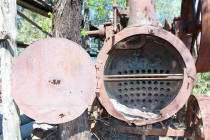 |
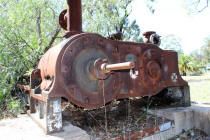 |
|
|
|
|
|
|
|
|
|
|
|
|
|
|
|
|
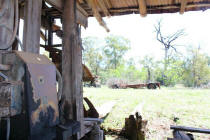 |
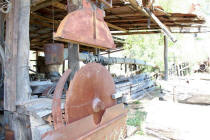 |
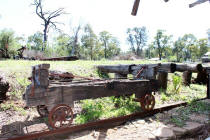 |
|
|
|
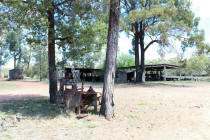 |
|
|
|
|
|
|
|
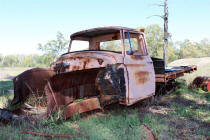 |
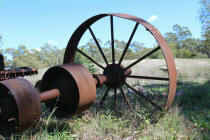 |
|
|
|
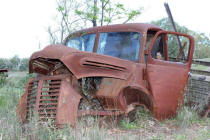 |
|
|
|
|
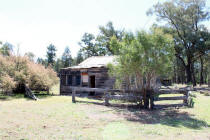 |
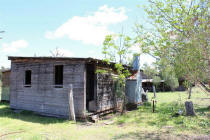 |
|
|
|
|
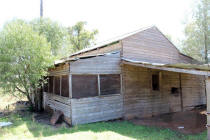 |
|
|
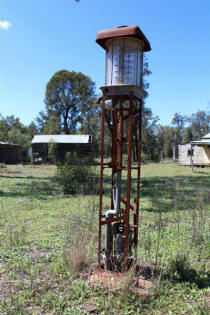 |
|
| back to IN OUR BACKYARD | ||
